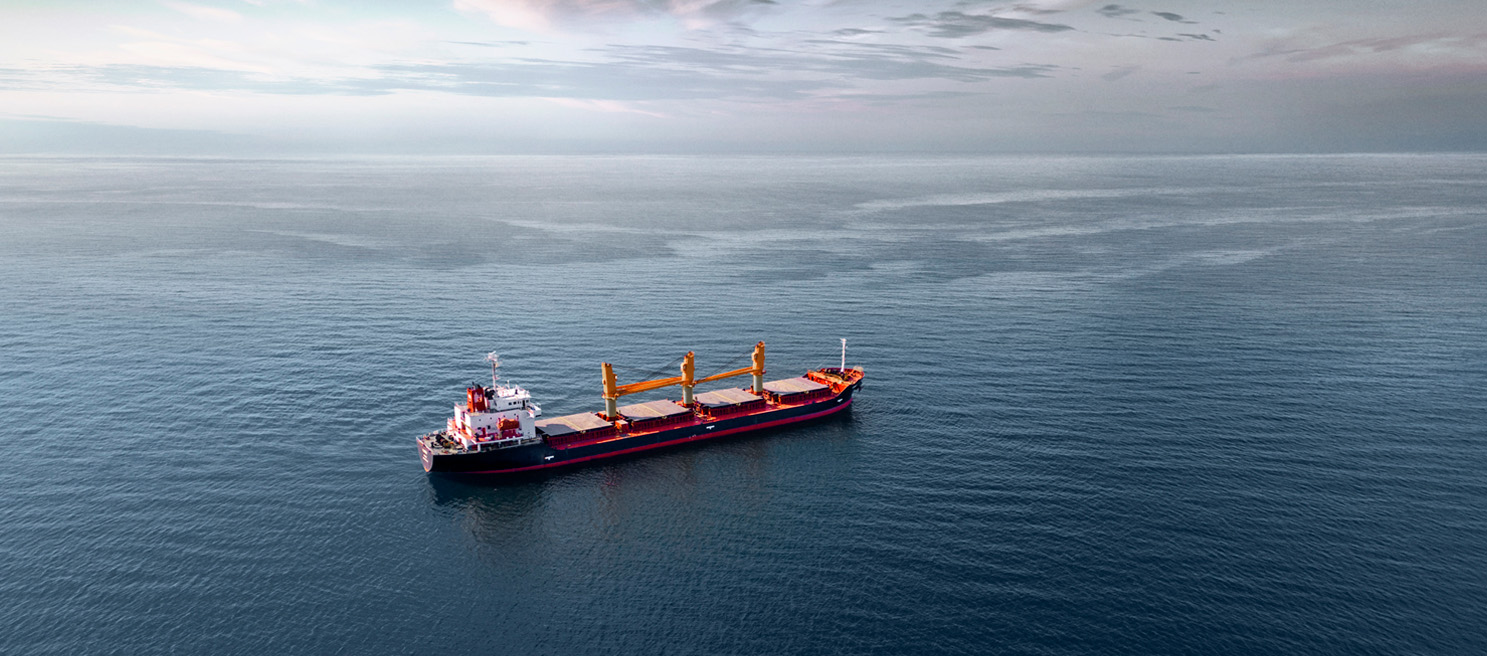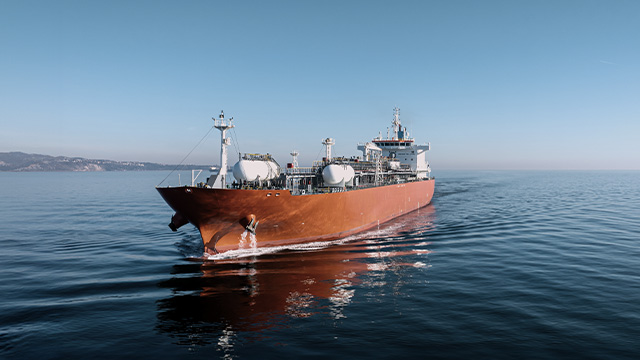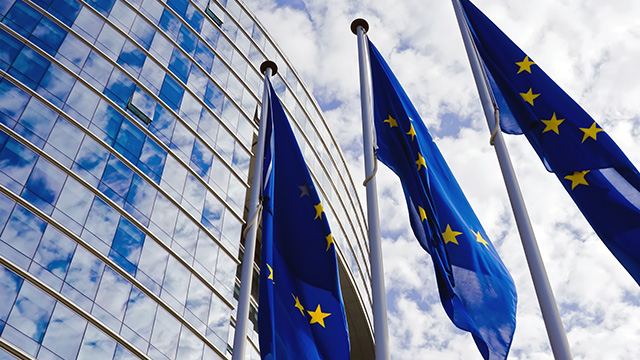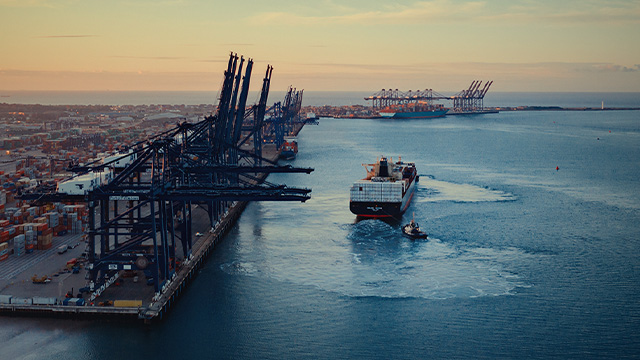The FuelEU Maritime regulation is one of the key proposals in the EU’s ‘Fit For 55’ package. There are two key components of the regulation which seek to steer the sector towards decarbonisation.
GHG intensity: The regulation is designed to gradually decrease the greenhouse gas intensity of fuels used by the shipping sector over time. GHG emissions included in the scope are Carbon (CO2), Methane (CH4) and Nitrogen oxide (N20). Shipping companies will need to calculate GHG emissions per unit of energy used on board, based on their reported fuel consumption and the emissions factors of their respective fuels.
Onshore Power Supply (OPS): Starting in 2030 for all TEN-T ports and in 2035 for a broader range of ports, passenger ships and container vessels will be required to connect to shore power when at berth.






